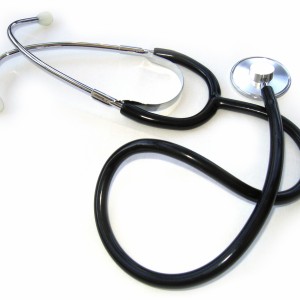 WHAT IS LEUKEMIA?
WHAT IS LEUKEMIA?
Leukemia is a cancer of the bone marrow and blood cells where an abnormally large amount of white blood cells are produced. It is the most common cancer among children and adolescents, accounting for 1 out of 3 cancer cases.
HOW DOES LEUKEMIA DEVELOP?
When healthy, the bone marrow makes three types of blood cells:
- Red Blood Cells – carry oxygen to all parts of the body
- White Blood Cells – help fight off infections
- Platelets – helps the blood clot when there is an open wound
The bone marrow of persons with leukemia makes many immature white blood cells called blasts. When a large number of blasts are produced, they crowd out the bone marrow from producing normal blood cells. This can lead to anemia, infection and easy bleeding.
CAN LEUKEMIA BE PREVENTED?
Currently, there are no known ways to prevent childhood leukemia. Leukemia is NOT linked to lifestyle risk factors such as diet and exercise
COMMON TYPES TYPE OF LEUKEMIA IN CHILDREN AND YOUNG ADULTS
There are several types of leukemia, depending on how rapidly it develops and which type of white blood cell is affected. Acute leukemia progresses rapidly if untreated, while chronic leukemia is very slow and may take months or years to develop.
The two acute forms of leukemia most common in children are:
- Acute lymphocytic leukemia (ALL): Accounts for about 70% of leukemia cases. ALL is most common in early childhood, peaking at ages 2-4.
- Acute myelogenous leukemia (AML): Accounts for about 30% of leukemia cases. AML is more common among children under the age of 2 and teenagers.
RISK FACTORS ASSOCIATED WITH LEUKEMIA
- Exposure to high levels of radiation
- Mother’s exposure to X-ray during pregnancy
- Having a genetic disease, such as Down syndrome
- Having a sibling with leukemia
COMMON SYMPTOMS OF LEUKEMIA
- Fever and night sweats
- Headaches
- Difficulty Breathing
- Coughing
- Bruising or bleeding easily
- Bone or joint pain
- Swollen belly
- Swollen lymph nodes in the armpit, neck, or groin
- Frequent infections
- Extreme fatigue and weakness
- Loss of appetite
DIAGNOSIS OF LEUKEMIA
Since symptoms of leukemia are similar to symptoms of other diseases, only your doctor can confirm if you have leukemia through medical tests, medical history and physical exam. Samples of your blood, spinal fluid, and bone marrow will be taken and checked for abnormalities. In addition to blood tests, imaging tests such as Chest X-Rays, Computed tomography (CT) scans, Magnetic Resonance Imaging (MRI), and Ultrasounds may also be ordered.
TREATMENT OF LEUKEMIA
The primary treatment for leukemia is CHEMOTHERAPY, where anticancer drugs are given to kill the cancer cells. The drugs are usually injected into the vein, and/or fluid around the brain and spinal cord. The total length of chemotherapy and follow-up treatments can last between 2-3 years. Although chemotherapy kills leukemia cells, it also harms normal cells. Some possible side effects are:
- hair loss
- mouth sores
- loss of appetite
- diarrhea
- nausea and vomiting
- increased risk of infections (because of low white blood cell counts)
- bruising and bleeding easily (from low platelet counts)
- fatigue (caused by low red blood cell counts)
In addition to chemotherapy, sometimes RADIATION and STEM CELL TRANSPLANT may be used. Radiation uses high energy X-rays to destroy cancer cells. In stem cell transplant, healthy stem cells from a matching donor are introduced into the body to make new healthy blood cells.
With recent advances in treatment, children with leukemia are living longer into adulthood. The remission and cure rates for childhood leukemia continue to rise and the outlook for children diagnosed with leukemia is better than ever.
FOR MORE INFORMATION ON LEUKEMIA:
American Cancer Society https://www.cancer.org/cancer/leukemia.html
National Cancer Institute https://www.cancer.gov


